Photos of Sun's Major X1.6 Solar Flare (Sept. 10, 2014)
Sept. 10, 2014 X1.6 Solar Flare: Gold
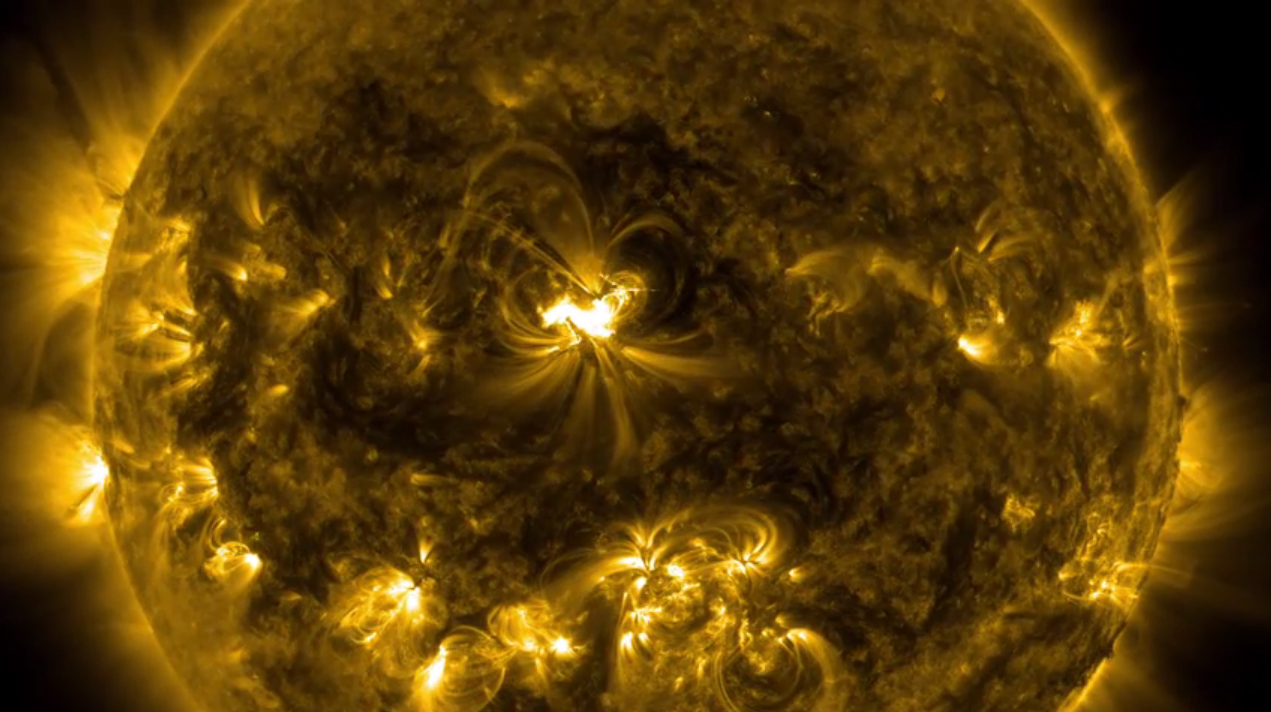
On Sept. 10, 2014, the sun unleashed a massive X1.6-class solar flare aimed directly at Earth. Take a look at amazing photos of the solar storm and its effects on Earth in this Space.com gallery.
HERE: This NASA image is a still from video of the solar flare captured by the agency's Solar Dynamics Observatory watching the sun.
Mid-Sized Solar Flare Blasts CME | Video

Before firing off its X1.6 solar flare, sunspot AR2158 unleashed an M4.6-class flare on September 9, 2014. NASA estimates that the coronal mass ejection (CME) was moving pretty fast. Watch the video here.
X-Class Flare of Sept. 10, 2014
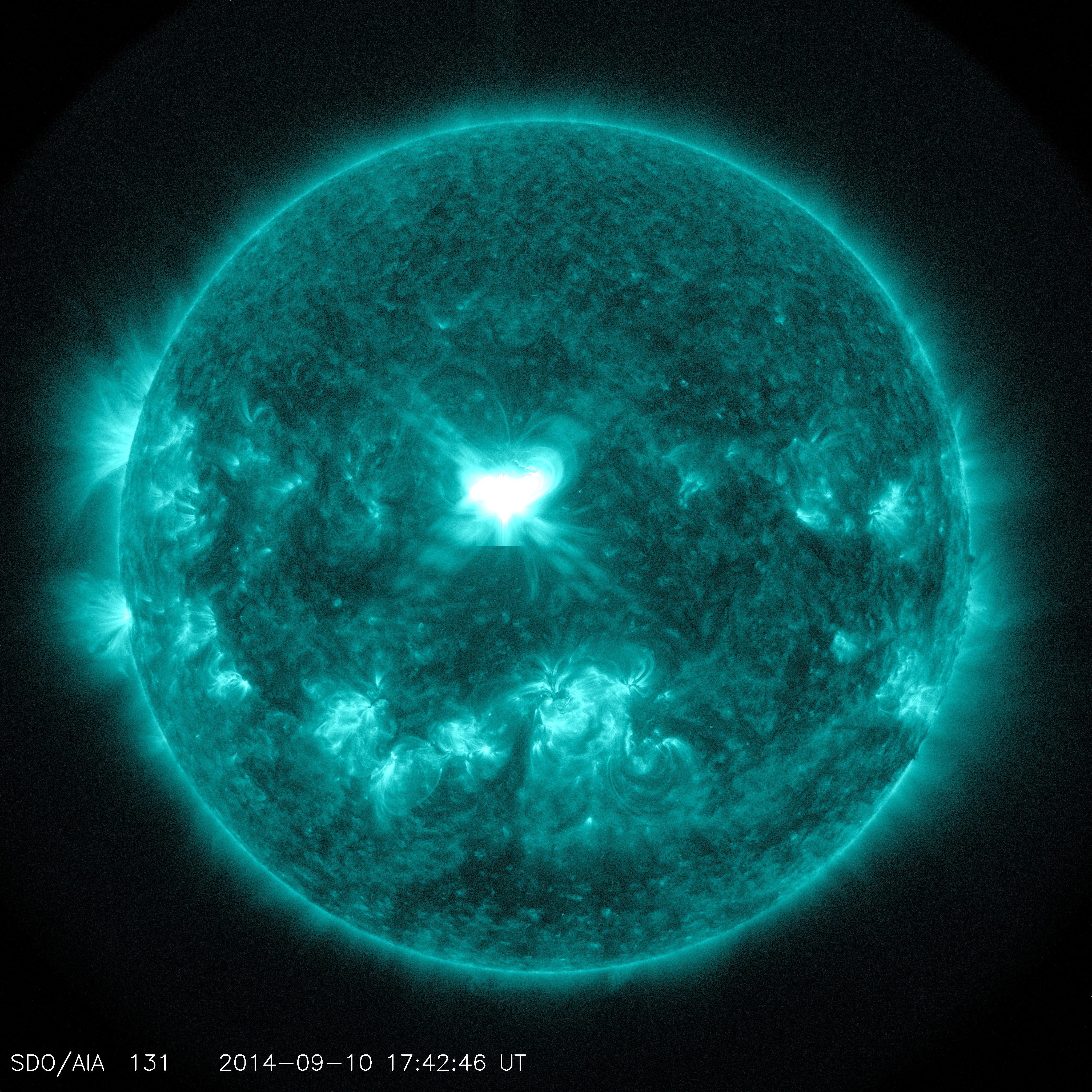
After its minor M4.6 solar flare on Monday, Sept. 8, the sunspot region AR2158 shifted into high gear with a major X1.6 solar flare aimed directly at Earth (shown at center in this view). NASA's Solar Dynamics Orbiter captured this full-sun view.
Powerful Solar X-Flare Pointed At Earth | Video
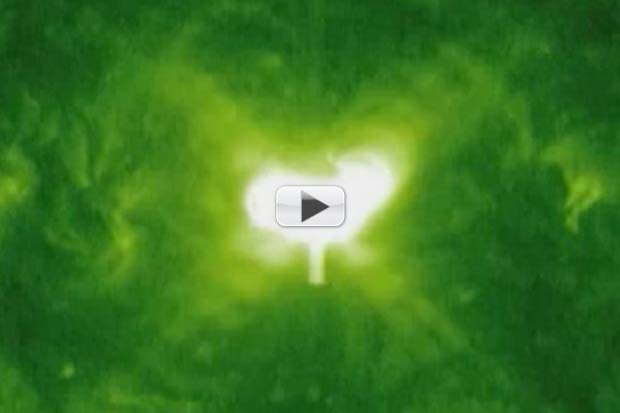
Sunspot AR2158 produced a X1.6-class flare on September 10th, 2014. The site of the blast faced where Earth would be if a coronal mass ejection (CME) was emitted.Watch the video here.
Close-up of X-Class Flare of Sept. 10, 2014

A zoomed-in look at the Sept. 10, 2014 solar flare, which ranked a powerful X1.6 on the sun storm scale. X-class flares are the most powerful storms on the sun.
X-Flare of Sept. 10, 2014
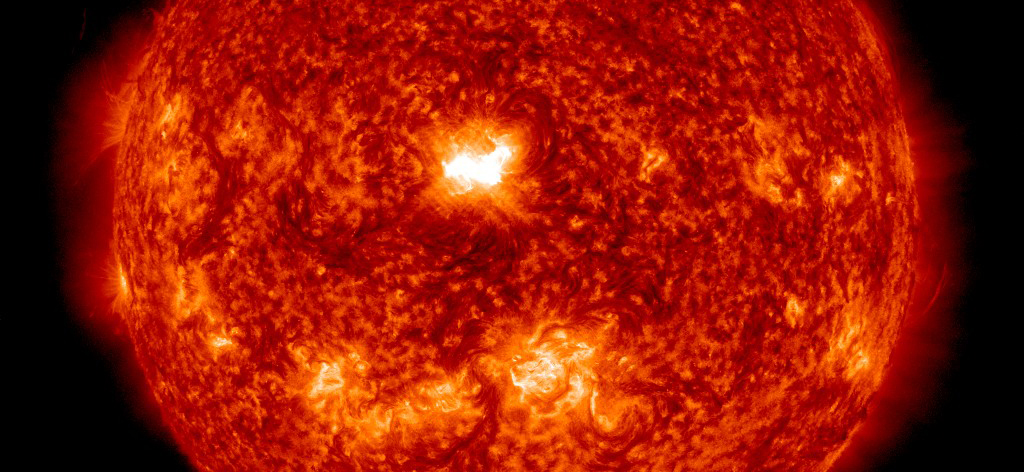
NASA's powerful sun-watching Solar Dynamics Observatory captures high-definition video of the sun in many different wavelengths, which appear as different colors of the spectrum. Here, the X1.6 solar flare is seen in the probe's red filter.
X-Flare Close-up - NASA IRIS Mission Picks Right Sunspot
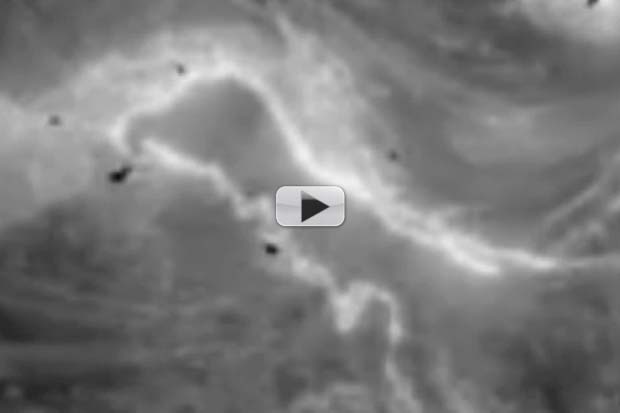
NASA's Interface Region Imaging Spectrograph (IRIS) mission can only study small areas of the Sun's surface at a time and captured amazing video of the Sept. 10, 2014 X1.6-class solar flare just in time. Watch the video here.
Get the Space.com Newsletter
Breaking space news, the latest updates on rocket launches, skywatching events and more!
X1.6 Solar Flare Yellow-Green: Sept. 10, 2014
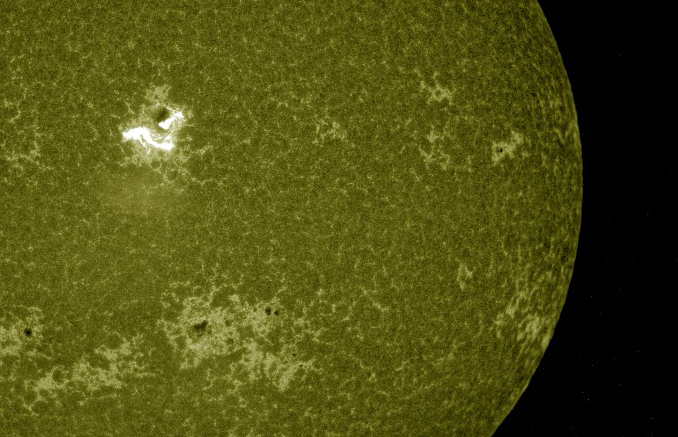
This view from NASA's Solar Dynamics Observatory shows the X1.6 solar flare using a yellow-green spectrum filter. The sunspot group responsible for the flare is clearly visible in this view.
Join our Space Forums to keep talking space on the latest missions, night sky and more! And if you have a news tip, correction or comment, let us know at: community@space.com.

Tariq is the Editor-in-Chief of Space.com and joined the team in 2001, first as an intern and staff writer, and later as an editor. He covers human spaceflight, exploration and space science, as well as skywatching and entertainment. He became Space.com's Managing Editor in 2009 and Editor-in-Chief in 2019. Before joining Space.com, Tariq was a staff reporter for The Los Angeles Times covering education and city beats in La Habra, Fullerton and Huntington Beach. In October 2022, Tariq received the Harry Kolcum Award for excellence in space reporting from the National Space Club Florida Committee. He is also an Eagle Scout (yes, he has the Space Exploration merit badge) and went to Space Camp four times as a kid and a fifth time as an adult. He has journalism degrees from the University of Southern California and New York University. You can find Tariq at Space.com and as the co-host to the This Week In Space podcast with space historian Rod Pyle on the TWiT network. To see his latest project, you can follow Tariq on Twitter @tariqjmalik.









